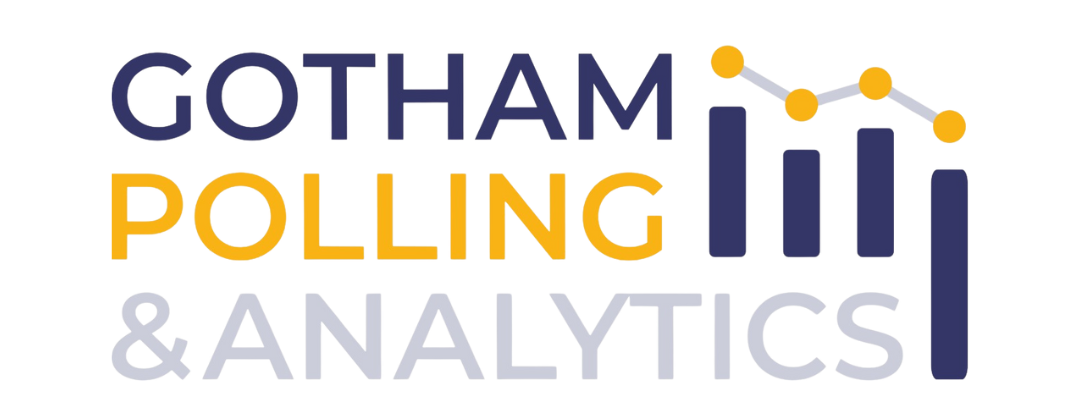Why Are Election Forecasts Important?
Why Are Election Forecasts Important?
by Gotham Polling

Election forecasts have become an indispensable part of modern political campaigns and public discourse. These predictions are based on comprehensive data collection and sophisticated analysis methods commonly associated with Political Polling. In this post, we examine the importance of election forecasts, the methodologies behind them, and how they influence both voter perception and campaign strategies. At Gotham Polling & Analytics, we strive to demystify the process and underscore the value of data-driven insights in the electoral process.
The Role of Election Forecasts
Election forecasts serve as a predictive tool that estimates the likely outcome of an election before the votes are cast. They provide a snapshot of the political mood and help political analysts, campaigners, and voters understand the evolving dynamics of an election race.
Guiding Campaign Strategy
One of the primary functions of election forecasts is to guide campaign strategies. Candidates and their teams use this information to identify key regions, understand voter concerns, and adjust their messages accordingly. By leveraging the insights from Political Polling, campaigns can allocate resources more efficiently and tailor their strategies to resonate with undecided or swing voters.
Informing Voter Decisions
For voters, election forecasts offer a broader perspective on the political landscape. When forecasts indicate a tight race, voters may feel more compelled to participate, knowing that every vote can make a difference. Conversely, in races with a clear favorite, forecasts can spark discussions about complacency or motivate opposition groups to increase voter turnout. In either scenario, Political Pollingdata provides a foundation for understanding electoral trends.
Methodologies Behind Election Forecasts
Election forecasts are the culmination of numerous polling techniques, statistical models, and historical data analysis. Pollsters and data scientists collaborate to build models that not only predict the outcome but also quantify the uncertainty inherent in the process.
Statistical Modeling
Forecasting models integrate data from various polls, historical voting patterns, and demographic information. Advanced algorithms process this information to generate probabilities for different electoral outcomes. These models account for variables such as voter turnout, polling margins, and even last-minute shifts in public opinion, all grounded in the principles of Political Polling.
Combining Multiple Polls
No single poll can capture the full complexity of an election. Therefore, aggregating data from multiple sources is a common practice. By combining various polls, analysts can smooth out anomalies and arrive at a more robust forecast. This aggregation is essential for mitigating the effects of any one poll’s bias or sampling error, making the overall forecast more reliable.
The Broader Impact of Election Forecasts
Beyond their immediate use in campaigns, election forecasts have broader implications for democracy. They help ensure transparency in the electoral process and provide a check against misinformation. Accurate forecasts empower citizens by offering a realistic picture of the political contest, ultimately contributing to a more informed electorate.
Encouraging Engagement and Accountability
When voters see forecasts that reflect close races or shifting trends, it can stimulate greater engagement. Media outlets, political commentators, and civic organizations all play a role in disseminating forecast data, prompting public debate and accountability. This engagement is a direct result of the rigorous analysis underpinning Political Polling.
Conclusion
Election forecasts are much more than mere predictions; they are vital tools that influence campaign strategies, inform voter behavior, and uphold the democratic process. By harnessing the power of Political Polling, these forecasts provide a detailed and dynamic understanding of electoral trends. For further insights into the intricate process behind election forecasting, visit Gotham Polling & Analytics and explore our expert analyses and resources.

